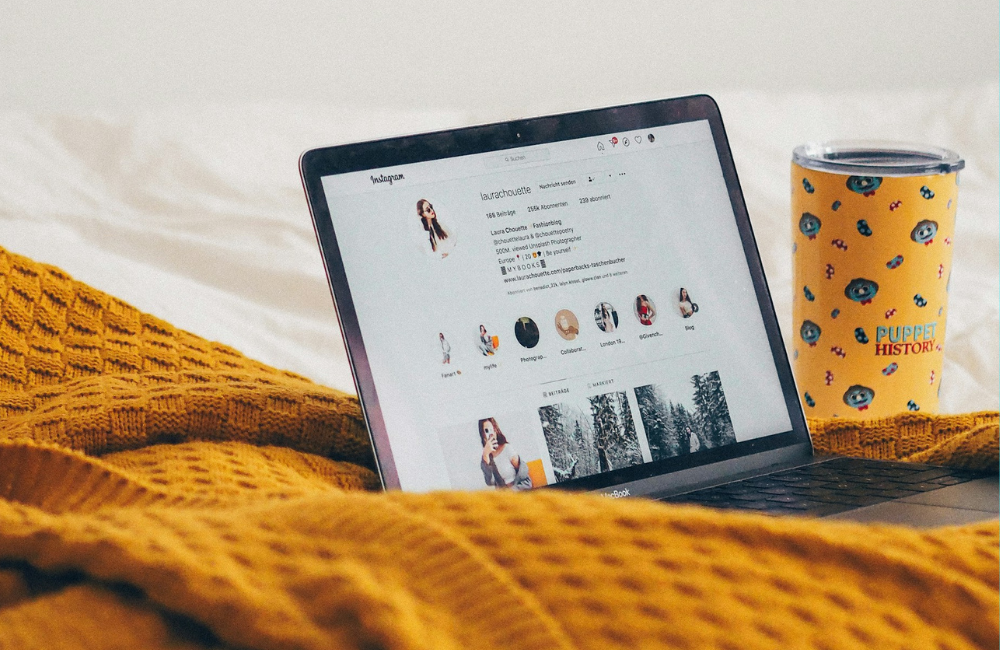
I Worked As Little as Possible, Avoided Burn Out, and Grew My Business
It can feel like you have to work nonstop to succeed when you’re growing a company, but this business owner wanted to avoid that narrative. Here’s the experiment that helped her build better work habits.
Self-Employed Coach and Consultant
I’ve dreamed of working for myself forever. My senior project in high school was writing a business plan, I have notebooks full of ideas for new companies, and I even went to school for entrepreneurship. But, instead of jumping into doing my own thing after graduating, I spent years unhappily working for other people.
What stopped me from going out on my own? The dominant narrative around entrepreneurship that you have to hustle and work around the clock to get your venture off the ground. I didn’t want to be miserable and burnt out trying to run a business; rather, one of the main reasons I wanted to do it was for personal freedom and flexibility.
Finally, thankfully, I reached a breaking point when I realized I was already sacrificing so much for my work, and it wasn’t leading me to where I truly wanted to be. It became hard for me to believe that—as someone who comes from a working class background, has had a job from a young age, and was such an overachiever—I would have to work even harder to achieve the career I dreamed of. Despite having this intention in mind, I still struggled to resist the urge to work too hard when I finally launched my consulting business. Even with only one client, I felt pressure to be at my desk at least 40 hours a week, to make myself busy so I could feel like I was doing enough. I was holding myself to an even higher standard than my former bosses had.
I realized that if I wanted to build my business in the way I envisioned, I was going to have to unlearn some habits. So, I decided to do an experiment: challenge myself to work as little as I possibly could. Here’s how I did it, what I learned along the way, and how it’s helped me to build the work-life balance within my business that I always dreamed of.
I whittled down to only the tasks that were moving the needle
When I started my business, my one client was taking up about 12 hours of time each week. Yet somehow, I was sitting at my desk spinning my wheels from nine to five every weekday, making tiny tweaks to my website, trying to constantly post on social media, and fiddling around with my workflows.
I knew this had to stop, and not just for my own wellbeing. I worried that, if this amount of non-billable work was actually required to sustain the business, I wouldn’t have enough time to serve more clients when I did get them. I needed to figure out how to run the business in fewer hours.
So, I honed in on only doing the tasks that were essential or that I could clearly see were moving the needle to grow my business. The most effective marketing tactic I had found at that point was sourcing from my network, so I spent about an hour a day networking, posting on my personal social media pages, and making direct requests to people who I thought could benefit from working with me or introduce me to someone.
Ironically, cutting back on my work to about 17 hours total each week had almost no financial impact immediately given how much of my time was previously spent doing unintentional tasks. Ultimately, it helped my income grow because it opened up time for me to say yes to more client projects when they did come up. It also allowed me to recoup some creative energy, which I was severely lacking before this. Rather than just going through the motions, I was thinking critically and creatively about how I was using my time.
This extra space and energy proved especially beneficial at the start of the pandemic, when I needed to pivot my business model. I had the time and mental energy to jump on new revenue-generating opportunities, like offering coaching for other self-employed folks.
I filled my free time with activities to distract myself
The first few weeks of this experiment, when I found myself with ample free time throughout my days, I constantly felt like I was going to throw up. My nervous system was having a fit about not feeling like I was being productive enough, and I knew I had to just sit through that feeling if I wanted to avoid overworking myself forever.
To help, I tried to fill my time with other things that were good for me but not too draining. I started walking dogs on the side, spending half of my days biking around New Orleans from dog to dog, listening to podcasts and audiobooks to fill my brain with inspiration and new ideas for my business. Not only was this good for my mental and physical health, it also helped bring in some extra income while I waited for my marketing work to pay off, ultimately allowing me to replace my day job income in my first year. That financial stability removed some of the stress that may have kept me at my desk overworking myself, and gave me the space to let things unfold over time rather than feeling like I needed to force my business to grow super quickly.
In time, something amazing started happening. Instead of feeling stressed about not being at my desk, my brain began to truly believe that I was allowed to not work all day—that nobody was monitoring my hours, nobody was going to come yell at me for not doing enough. And, as my business continued growing despite me not overworking myself, I started to believe it was possible to succeed in business while living the life I envisioned for myself.
I reminded myself why I was doing this
This is not to say my work-life balance is always perfect as a business owner. I have complex PTSD, and part of the way that presents is that I can get very hooked on something and have a hard time slowing myself down, sometimes leading to 12 hour days when I get sucked into a project. And sometimes, I’m working on something major for the business and make the conscious decision to keep working longer than usual.
I’ve learned to check in with myself regularly (for me, via therapy), to ensure I’m working in an aligned way. It’s less about the number of hours I’m working and more about what’s motivating that work and how it’s impacting my mental health. If I am working long days, feeling exhausted, and nearing burn out, it’s usually because I am back in the mindset of thinking I "should" be working a certain amount, or I’m fearful about the uncertainty that comes with self employment. When I notice I’m in that headspace, I try to pull back on work to make space for my personal needs: exercise, sleep, time with friends, and a creative practice outside of work.
But sometimes, I work long days because I am excited about a new project or am feeling particularly resourced, and I let myself keep at it. Creating a sense of balance is not just about pulling back when I need to, but also about letting myself harness my creative energy and lean into work a bit more when I do have the capacity and it is intentional.
Finding that kind of balance may not be your motivating factor for building a company. But I always encourage founders to get really clear about what they want it to look like to show up for their business, and then think of the ways they’re currently acting out of alignment with that vision. Whenever you’re feeling busy or overworked, ask yourself: Am I doing this because I want to feel like I’m doing enough, or am I doing it because I’ve made a strategic decision about how it’s going to move me forward? The answer might surprise you—and it’ll definitely help you get closer to a more balanced approach to business.
Asking myself those questions is what helped me replace the income I made at my former job within a year: Last year, I made a sustainable $85K while working just over 30 hours a week on average. And best of all, it’s work that works for me.
Try Buffer for free
140,000+ small businesses like yours use Buffer to build their brand on social media every month
Get started nowRelated Articles

Sending ads by mail may seem like a thing of the past, but this marketer thinks it’s a surprisingly effective approach for e-commerce brands.

In this article, we'll explore the unique characteristics of organic and paid social media, how they complement each other, and why incorporating both into your social media strategy is essential for achieving your business goals.

Whether you’re a full-time content creator, micro-influencer, nano-influencer, or just getting started, here’s how to create your own influencer media kit.